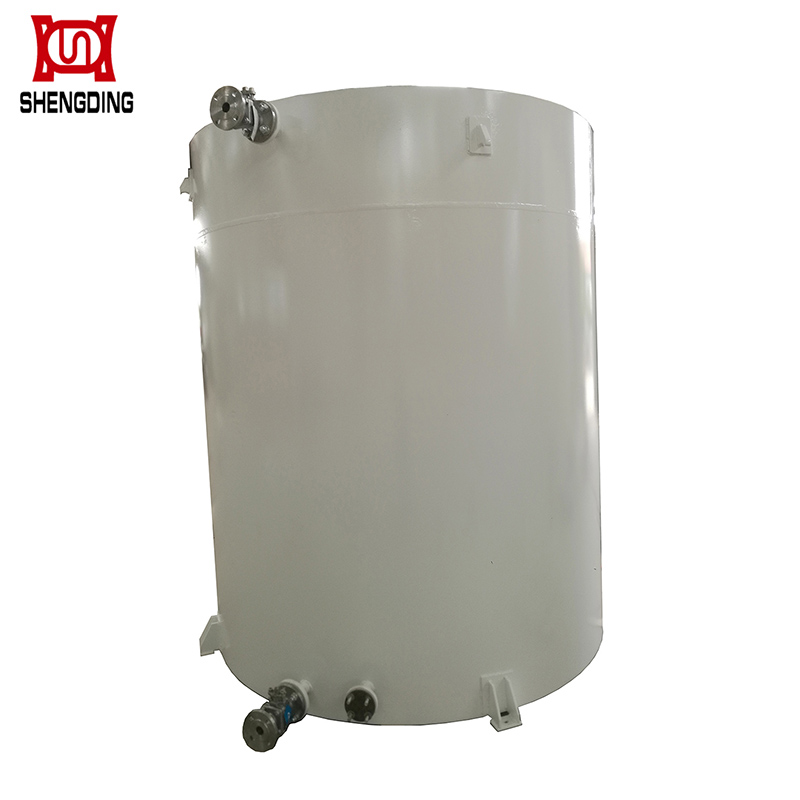Vertical Tank
- Description
Vertical cylindrical oil tank refers to a "storage tank" with a vertical cylindrical tank body. The design capacity of the tank ranges from 100m3 to 150000m3, and can generally withstand a positive pressure of 2kPa and a negative pressure of 0.5kPa. Composed of a bottom plate, curved wall panel, top plate, and oil tank accessories, it is often installed and welded on site. According to the structure of the tank roof, it can be divided into conical roof, arch roof, weak moment roof, and floating roof oil tanks, among which arch roof and floating roof tanks are the most widely used. The outer surface of the tank bottom plate is in contact with the foundation, while the inner surface often comes into contact with water and sludge precipitated from the oil, making it susceptible to corrosion. The edge plates of the bottom plate are connected to the wall plates, and are subjected to complex forces. Thick steel plates are commonly used, and the thickness of the bottom plate is usually 4-8mm, while the thickness of the edge plates is 4-12mm, depending on the volume of the oil storage tank.
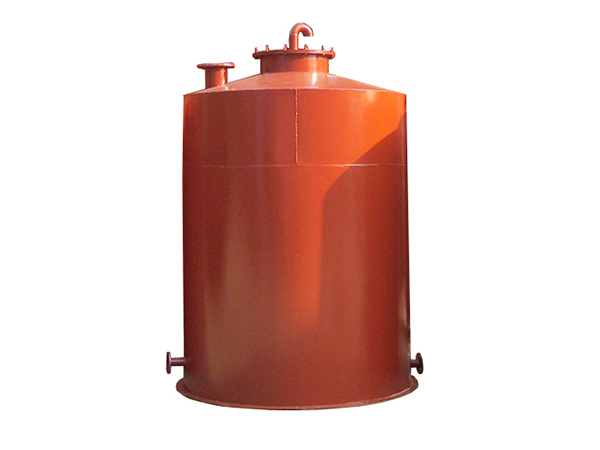
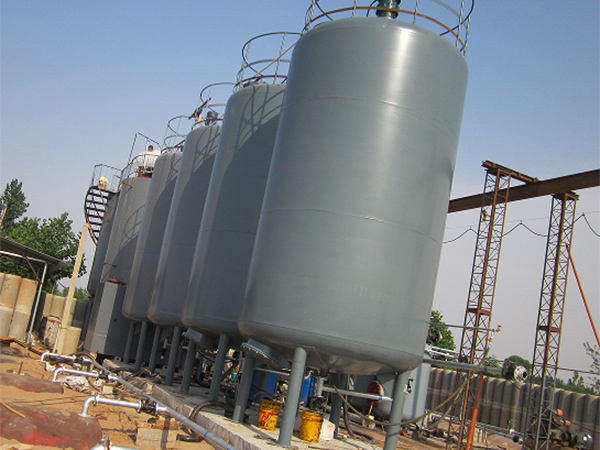
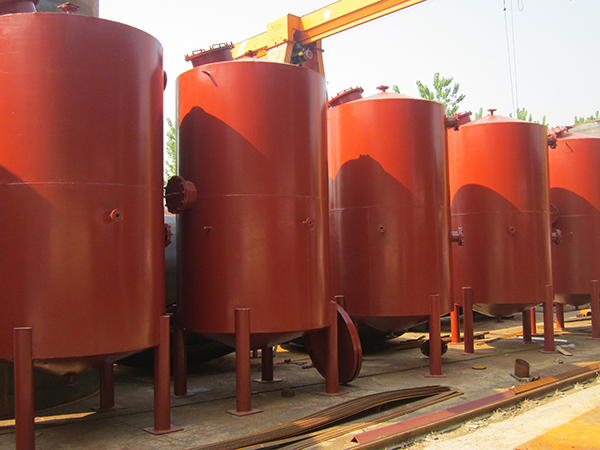
Related parameters
Tank capacity: 1,000 liters to 60,000 liters
Tank material: Carbon steel, stainless steel
Pressure: 0.1Mpa—2.0Mpa
Diameter: DN100-DN3000
Manhole: DN450/DN500/DN600 and blind cover
Level gauge: Magnetic flip board or electric
Access manway
Standard single wall design, steel thickness 6mm to 20mm
Different capacity from 1,000 liters to 25,000 liters can be customized.
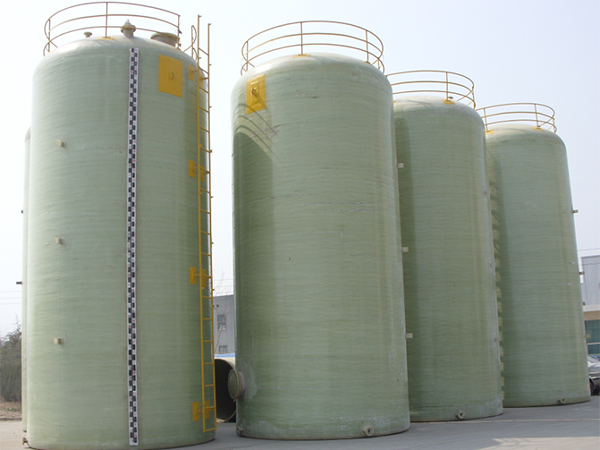

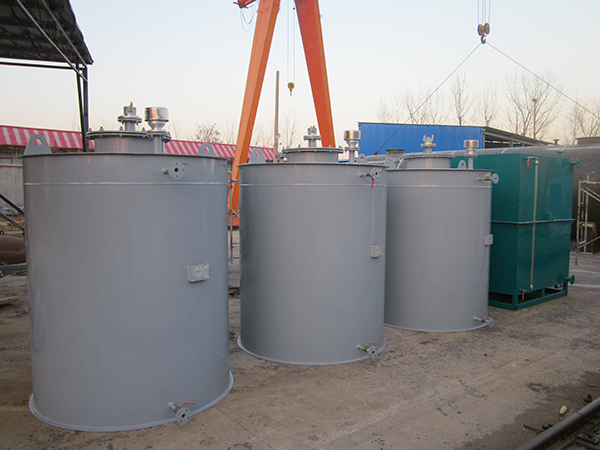
Are Aboveground Storage Tanks Pressurized or Non-Pressurized?
It depends. There are some above ground storage tanks that are made to store liquids or gases at pressures significantly different from normal air pressure. In many cases, these units have expandable vapor reservoirs that adjust to vapor volume oscillations caused by atmospheric temperature and pressure changes. This helps them maintain structural integrity, even when pressures are higher or lower than normal.
The wall of a vertical oil tank is subjected to the annular tensile stress caused by the static pressure of the liquid. As the height from the bottom plate increases, the liquid pressure and the annular stress on the tank wall decrease, and the wall thickness can be reduced accordingly. Depending on the tank capacity, the wall thickness varies in the range of 4 to 40 mm.

Application areas
The application fields of vertical cylindrical oil tanks mainly include refineries, oil fields, oil depots, and other industries. In addition, vertical cylindrical storage tanks are widely used, especially in the process of mechanical, batch manufacturing, and then transportation to construction sites for installation. Due to their ease of handling and demolition, as well as good mobility, they are suitable for small distribution oil depots, rural oil depots, urban gas stations, field oil depots, or enterprise affiliated oil depots.
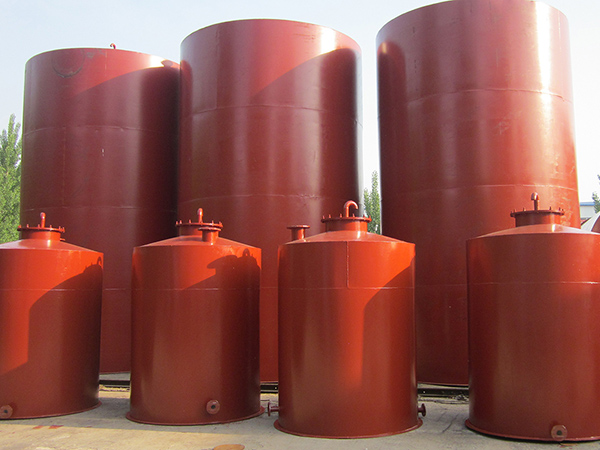
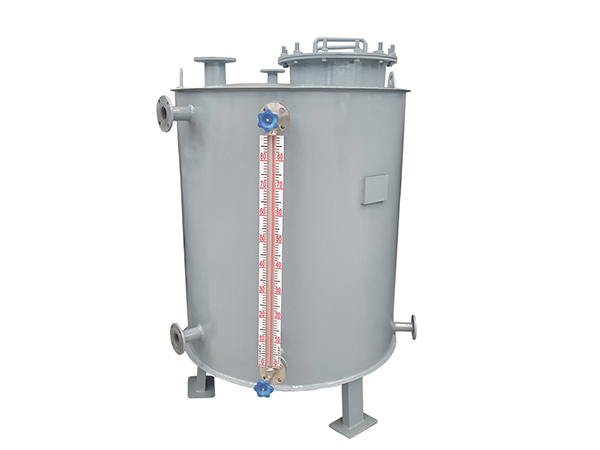
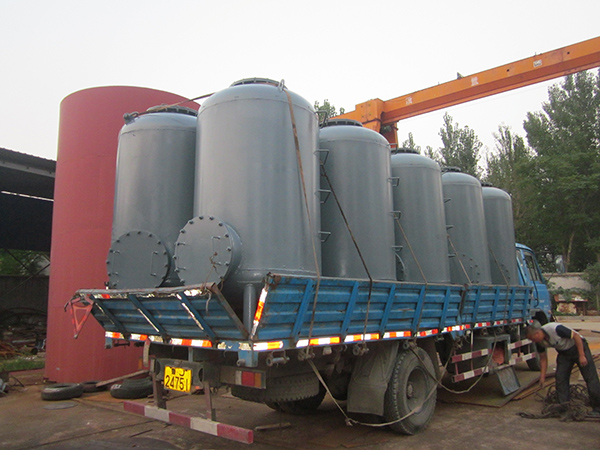
- WhatsApp
- E-MailE-Mail:shengdingtank@126.com
- WeChatWeChat:15254863111
